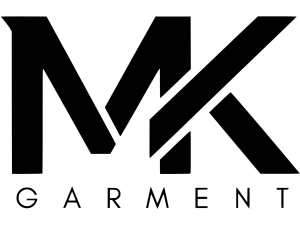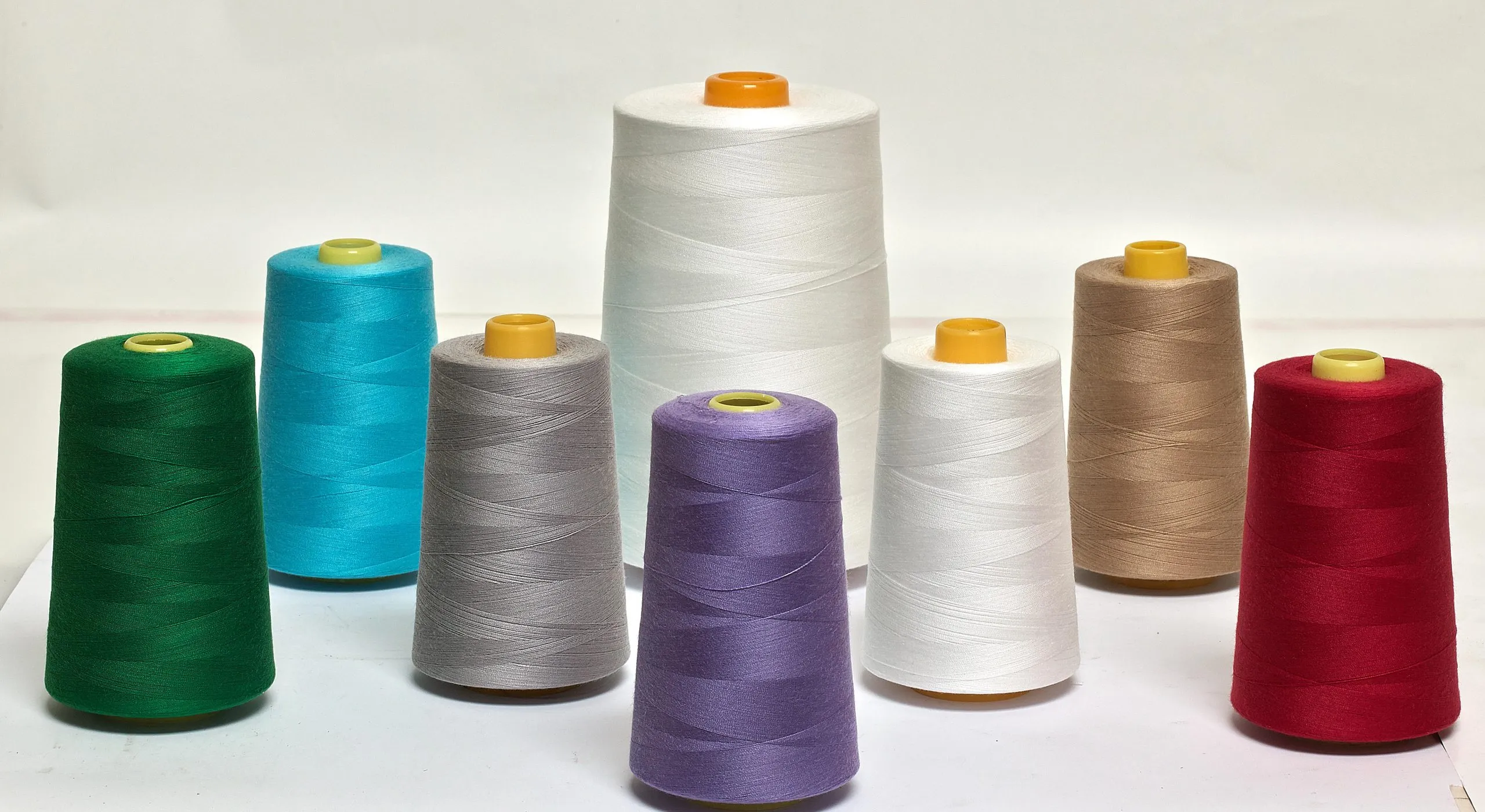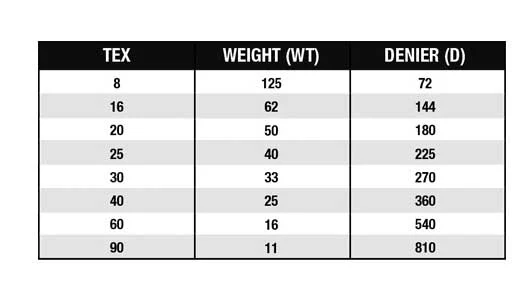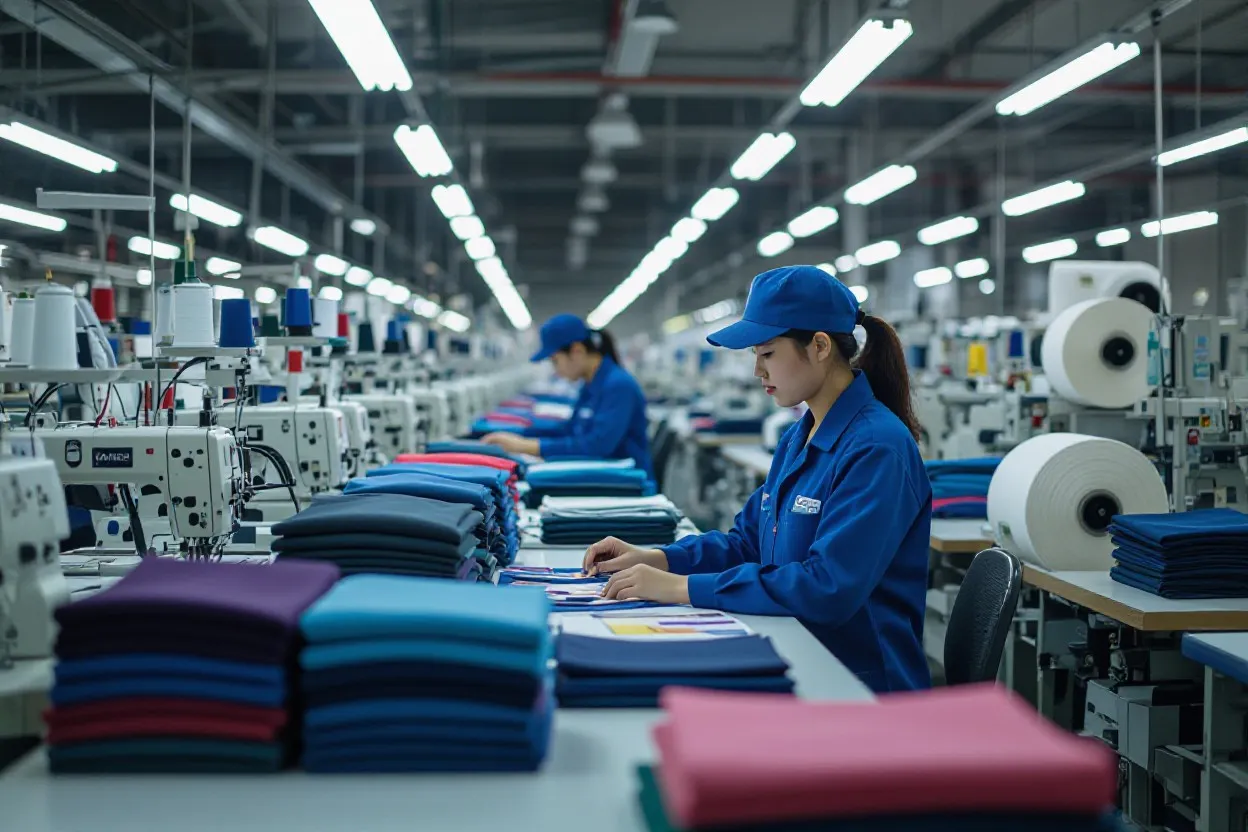
It’s necessary when ordering garments in Vietnam that you use third-party final inspections to protect your investment; independent inspectors like SGS verify fabric, stitching, measurements and packaging so you catch defects before shipment and avoid costly returns, delayed launches, and reputational damage. With standardized AQL checks and unbiased reports, you gain factual, on-the-ground assurance that the factory meets your specifications and your customers receive safe, consistent products.
About Third-Party Final Inspections?
Definition of Third-Party Inspections
Third-party inspections are independent audits performed by firms like SGS, Intertek, or Bureau Veritas that verify your garments against contractual specs, safety standards, and labeling rules. Inspectors use standardized methods (commonly AQL 2.5/4.0), sample items, record defects with photos, and deliver a formal report so you can accept, request rework, or reject the shipment before it leaves the factory.

Importance in the Garment Industry
When you source from Vietnam, final inspections reduce exposure to defects, delayed launches, and costly returns; inspectors typically follow checklists of 30-100 checkpoints covering fabric, measurements, color consistency, trims, and packaging, and their independent reports are often required by retailers and import regulators.
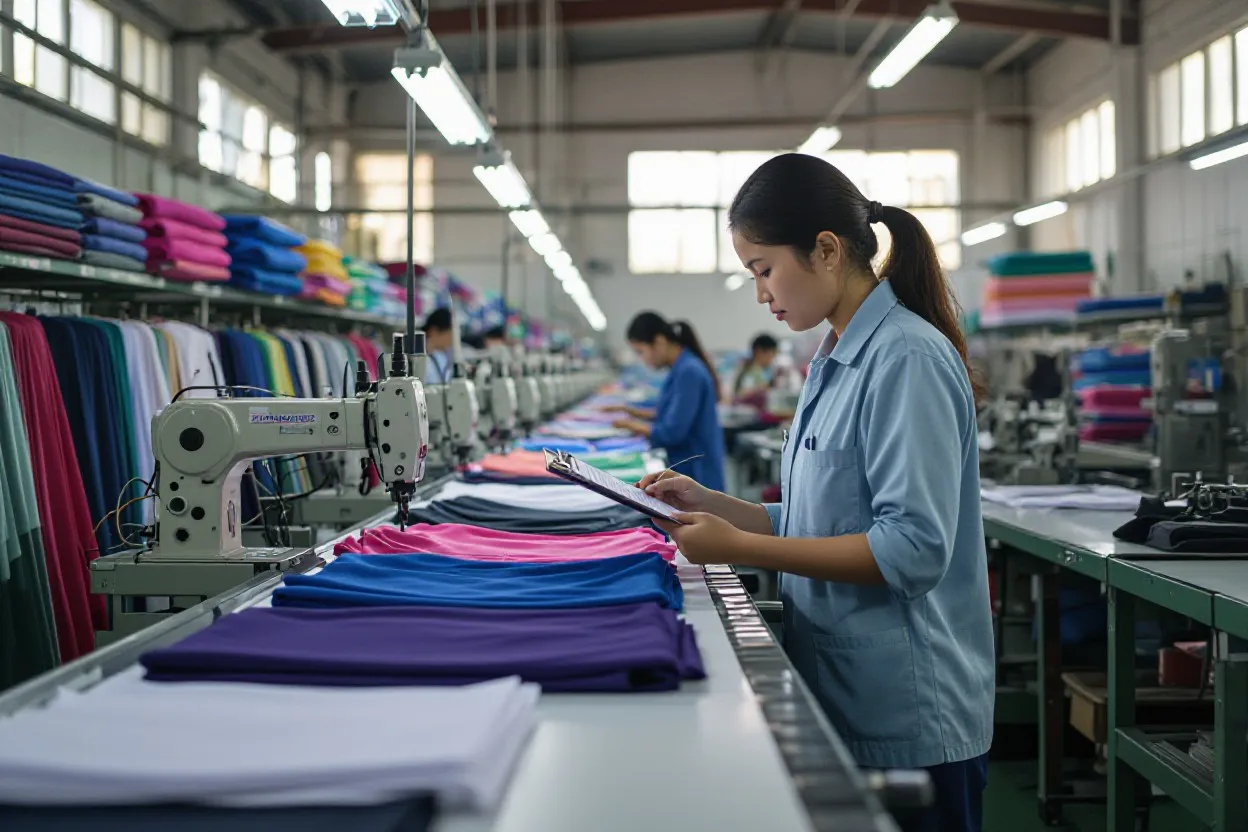
You gain tangible savings: for example, on a 10,000-piece order a 5% defect rate equals 500 faulty units that can trigger returns or rework. Inspectors catch systemic issues-like color bleeding across a batch, size grading shifts of >1-2 cm, or seam failures-provide corrective actions, and supply photo-evidence and AQL-based sampling data so you can decide to accept, mandate rework, or reject, avoiding major financial and reputational losses.
Benefits You Gain As a Buyer:
Independent, Unbiased Quality Control
A trusted third-party inspection company offers a fresh and neutral viewpoint. They don’t work for the factory, so they have no reason to hide problems or rush the process. Instead, they evaluate everything based on your standards and the industry’s best practices. This gives you true peace of mind, knowing that the report you receive is honest, accurate, and fair.
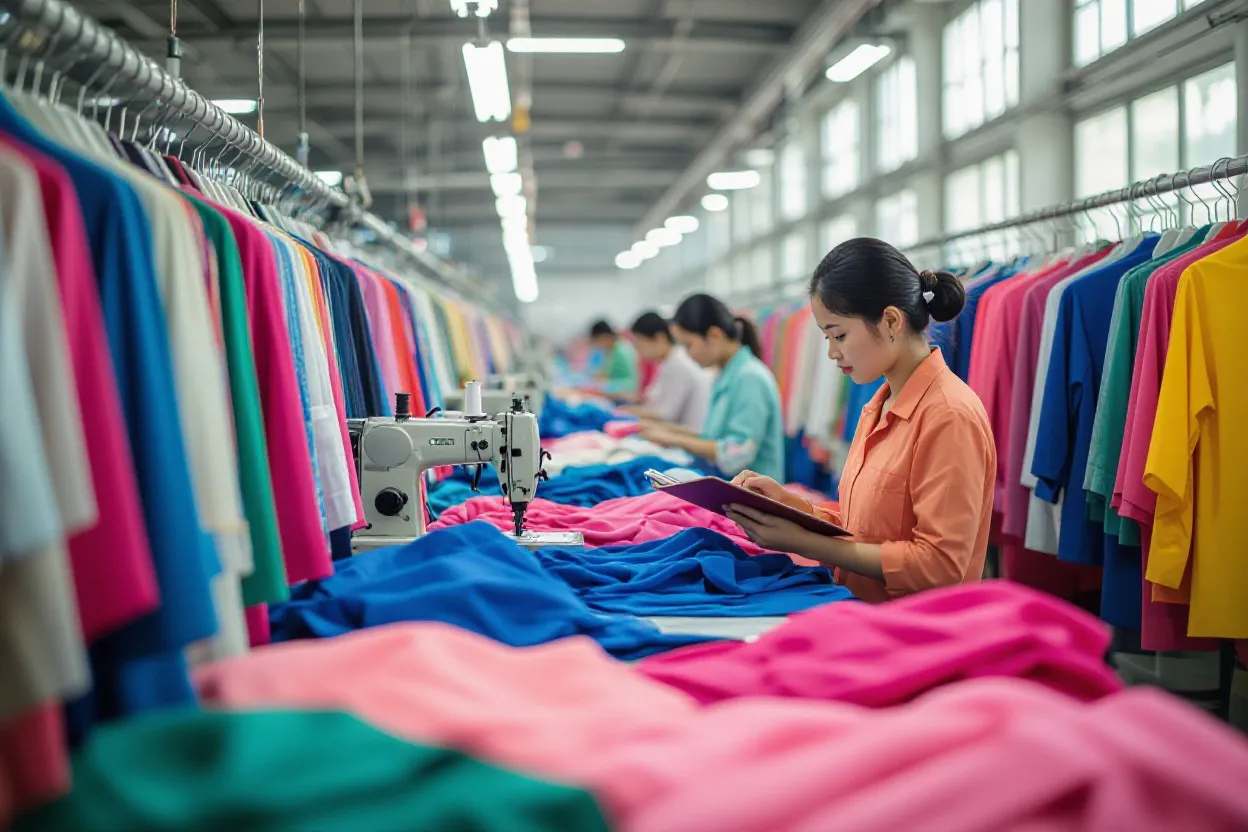
Hiring SGS, Intertek, or Bureau Veritas, their inspectors cross-check your tech packs, measurements and AQL criteria against the finished goods, producing timestamped reports with photos. That independent verification reduces disputes with factories, gives you documentary evidence for retailers, and ensures you’re not relying on a supplier’s internal QC alone. Before the shipment is released, inspectors check every important detail, such as:
- Fabric quality
- Stitching and construction
- Measurements and sizing
- Color consistency
- Printing and embroidery accuracy
- Packaging and labeling
- Overall workmanship
By doing this, they help ensure your order meets your exact specifications, reducing the chances of receiving products that are incorrect or poorly made.
Reduced Risk, Less Headache, Fewer Surprises
When you factor inspection fees-typically $100-$400 per visit-against potential losses from returns, rework, or delayed launches, the math favors inspection. A single pre-shipment check can avoid costly returns, wasted freight, and lost sales by catching defects before goods leave Vietnam.
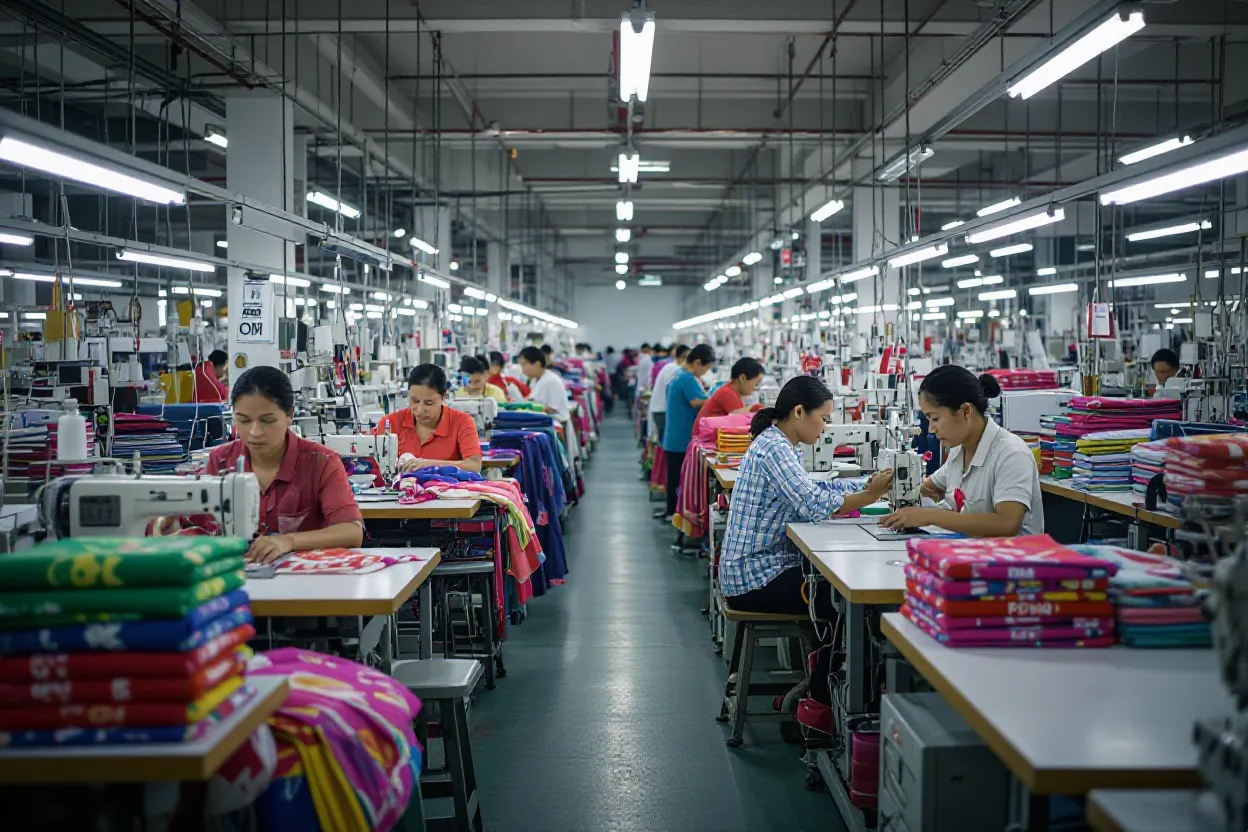
For example, on a 10,000-piece order a 2% defect rate equals 200 garments; rework plus return freight and admin can easily exceed $2,000-$8,000 depending on unit value. Paying a few hundred dollars for a final inspection that uncovers batch-level issues lets you hold shipment, demand remediation, or renegotiate, often preventing a loss that is an order-of-magnitude higher. This protects you from:
- Costly returns
- Delayed launches
- Customer complaints
- Wasted shipping fees
- Damaged brand reputation
A small inspection fee can save you from very large losses later.
Confidence for First-Time Buyers or New Suppliers
Working with a new Vietnamese factory, a third-party final inspection gives you a factual snapshot of their output quality, on-time packing, and compliance with your specs for the first bulk order. That confidence speeds buyer approval and reduces the need for costly pilot runs. Apply inspections to the first 1-3 orders to build a supplier scorecard: track pass rate, defects per 100 units, and packing accuracy. If a factory reaches >95% pass on AQL 2.5 after corrective actions, you can scale orders with less oversight; if not, you have documented grounds to require improvements or switch vendors.
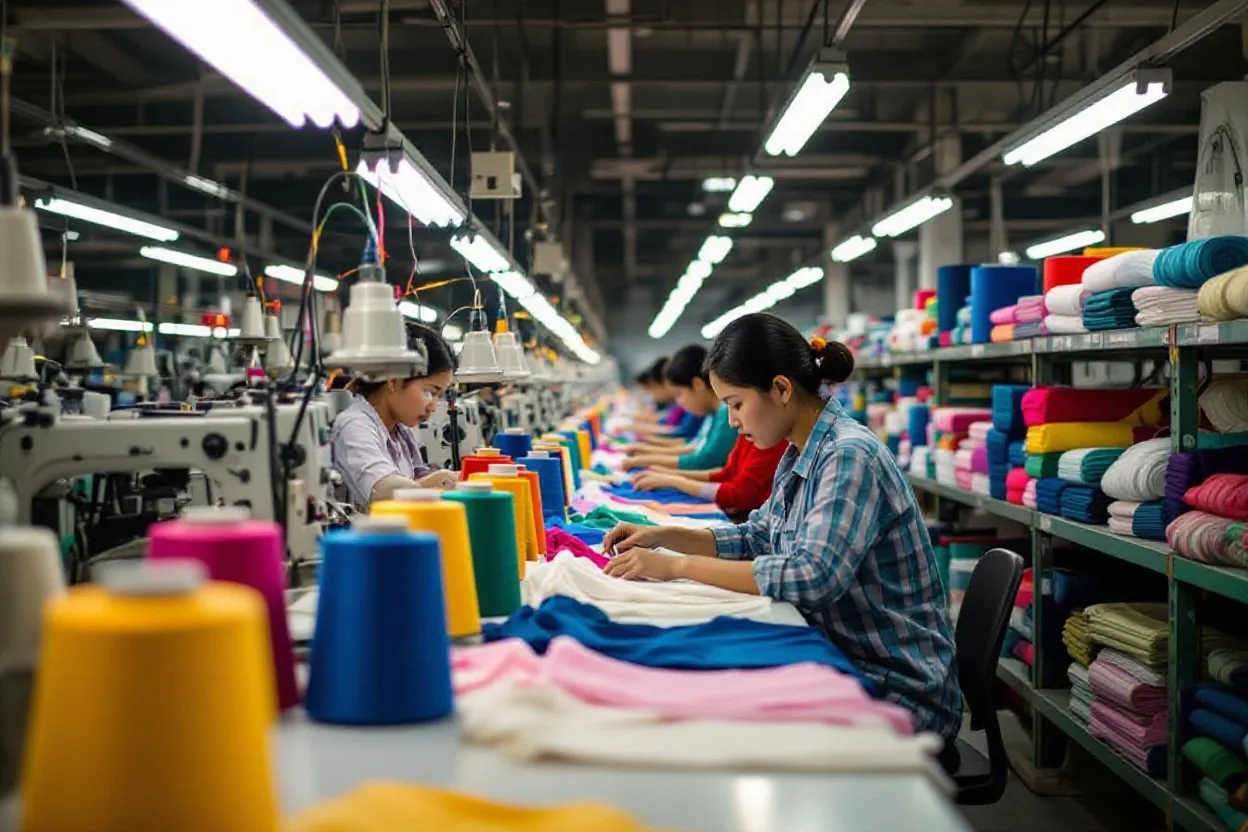
Transparent and Standardized AQL Checking
Third-party inspectors apply global methods-AQL 2.5/4.0 and ISO 2859-1 sampling tables-and standardized checklists across fabric, seams, measurements, trims, and labeling so you get consistent, comparable results batch after batch. Reports typically list sample size, lot number, defect classification (critical, major, minor), measurements and photos, and recommended corrective actions. You can turn these standardized reports into KPIs, monitor trends over time, and target root-cause fixes-making inspections a measurable part of your quality-management system rather than a one-off safety net.
Ensures the Factory Stays Accountable
Factories know that a third-party inspector will check everything carefully Because of this, the production team tends to:
- follow your specs more strictly
- respect deadlines
- maintain better quality control during production
- The result: better final products and smoother orders.
Protects Your Brand and Your Customers
A final inspection helps ensure that the product your customers receive is safe, clean, and well-made. This is especially important if you sell under your own label or to large retail chains that demand strong quality control. Good product quality strengthens trust in your brand and trust leads to repeat orders.
Practical Tips for Buyers
- Book a third-party inspection 48-72 hours before loading; confirm AQL 2.5/4.0 or your agreed standard.
- Send clear tech packs, size charts and sample photos so the inspector checks against your specs.
- Require a digital inspection report with measurements, defect photos and a pass/fail summary within 24 hours.
- Agree on rework, replacement or financial holdback thresholds (e.g., >2.5% major defects triggers rework).
- Use a supplier scorecard and track defect-rate trends monthly to drive improvements.
Preparing for an Inspection
You should provide the inspector with a final packing list, clear acceptance criteria, and at least three technical-size samples per SKU; expect typical sample checks of 2-5% per carton or per the AQL 2.5/4.0 table, and arrange factory access and stage-by-stage photos so the inspector can verify measurements, trims, and labeling quickly.
Following Up on Inspection Reports
When you receive the inspection report, require the factory to submit a written corrective action plan within 48 hours specifying root cause, corrective steps, and a completion date; trigger a paid re-inspection if major defects exceed your agreed threshold to avoid shipping non-conforming goods.
Escalate by assigning the inspector to monitor rework and provide time-stamped photos and measurement rechecks; negotiate financial remedies (partial credit, rework costs) based on defect categories-for example, classify failures as critical (safety), major (fit, functionality) or minor (cosmetic), and apply penalties when critical failures occur or when rework isn’t completed within the agreed 7-10 day window.
Maintaining Long-Term Quality Assurance
Build a continuous program: schedule periodic audits (quarterly factory audits, monthly random final inspections), run incoming fabric checks, and set KPIs such as target defect rate under 1.5%; train production teams on your specs and share scorecard results so your suppliers improve over time.
Track metrics monthly and hold review meetings with the factory to reduce defects-many buyers see measurable gains by combining monthly inspections, targeted training, and bonus/penalty clauses; for example, a buyer reduced overall defects from 4% to 0.8% in six months after implementing a supplier scorecard, regular quality assurance audits, and on-site training sessions.
Assume that you require the inspection report within 24 hours and an actionable corrective action plan from the factory within 48 hours to avoid shipment release.
Conclusion / Final Words
Presently you should engage a third-party final inspection when ordering garments in Vietnam to ensure your specifications, protect your brand, and reduce costly delays or returns. Independent inspectors verify quality, measurements, packaging, and AQL standards, hold factories accountable, and provide objective reports so you can ship with confidence. The modest inspection fee is an insurance that preserves margins, customer trust, and on-time launches.
FAQs About Third-Party Final Inspections When Ordering Garments in Vietnam
Do I need a third-party final inspection for garment orders placed in Vietnam?
Yes – when you place large, high-value, or first-time orders a third-party final inspection is highly recommended. Independent inspectors (for example SGS, Intertek, or Bureau Veritas) verify quality, quantity, and safety before shipment, reducing the risk of costly returns, delayed product launches, and damage to your brand.
What exactly does a third-party final inspection check on garments?
Inspectors evaluate fabric quality, stitching and construction, measurements and sizing, color consistency, printing and embroidery accuracy, packaging and labeling, overall workmanship, and carton/packing integrity. They also confirm shipment quantities and can perform safety/chemical checks if requested.
How does AQL 2.5/4.0 sampling work and why is it used?
AQL (Acceptable Quality Limit) is a standardized sampling method used globally. AQL 2.5/4.0 means inspectors sample a statistically defined number of pieces and accept or reject the lot based on allowed defect counts for major/minor categories. Using AQL ensures consistent, repeatable decisions across batches and aligns your checks with industry practices.
How much do final inspections cost and do they save money?
Typical inspection fees vary by provider, location, and scope, often ranging from about $80-$450 per inspection or more for extensive tests. Compared with potential costs from returns, rework, wasted freight, or lost customers, a modest inspection fee frequently prevents far larger losses and protects your delivery schedule and brand reputation.
How should I choose a reliable third-party inspection company in Vietnam?
Use accredited, experienced firms with garment industry expertise-global names (SGS, Intertek, Bureau Veritas) or reputable local providers. Check references, review sample reports, confirm inspector availability near your factory, verify certifications, and ensure clear communication and turnaround times before hiring.
What happens if a final inspection fails or finds major defects?
The inspector issues a detailed non-conformance report with photos and measurements. Typical next steps are to hold the shipment, require factory rework or replacement, negotiate discounts or partial acceptance, and schedule a re-inspection. The report also provides evidence for claims or to enforce contractual remedies with the factory.
Can third-party final inspections replace in-line factory quality control?
No – third-party final inspections complement but do not replace in-line factory QC. Ongoing factory inspections during production reduce defects early; the final inspection serves as an independent verification before shipment to ensure specs were met and to hold the factory accountable.
